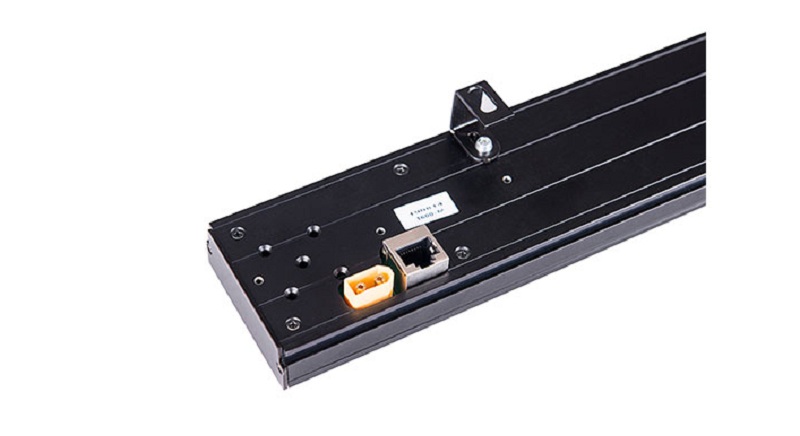Commercial screens and domestic televisions may have a similar appearance, but they have quite distinct uses and are priced very differently. The distinction between a TV and a commercial display will be discussed in this article. But it's crucial to understand what each term means first before delving into how a TV and a commercial display differ from one another.
An LED flat screen larger than 32 inches is referred to as a commercial display screen. These screens are frequently used for business purposes to show attractive and dynamic digital signage content, such as advertising, details, and genuine messages, corporate, retail stores, and in public settings in an effort to draw in, increase brand awareness and engage with customers and visitors.
A commercial screen display is the best option for organizations seeking increased, expert digital signage. It is a screen that dynamically and interestingly showcases your company, brand, or organization. It is a fantastic approach to engage viewers and interact with them.
Television is an electronic system that sends brief images of stationary or moving objects along with sound over a wire or through space using equipment that translates light and sound into electrical waves before converting them back into audible sound and visible light beams.
1. Design
Consumer TVs typically have more aesthetic styles and undergo more regular adjustments to accommodate different consumer preferences. Based on household use for leisure and amusement, a TV is made to be watched for several hours each day. This type of display is therefore ideal for staying home and viewing a movie with your family or friends because it was built that way from the start. Unlike commercial screens, which are more suited to an office or corporate setting with a variety of surroundings. Commercial televisions are made to survive heavy use in abrasive public spaces. Whether you own a Bar or a Restaurant, you anticipate that your panels will offer information and entertainment in a nonstop, always-on setting.

2. Brightness
Almost 500–5,000 nits correspond to a display of commercial quality. This type of professional commercial screen can function in a bright setting with more clarity and more vibrant colors than a standard TV due to the high nit count. To prevent picture reflection, some panels made for commercial use even have a unique anti-glare coating treatment. And because of this property, it can function for both indoor and outdoor uses.
Contrarily, a typical consumer TV has a brightness of 150–250 nits. It won't be as vibrant or clear as a commercial LED panel as a result if you view the screen in natural light. Customers may also be inconvenienced if it lacks an anti-glare coating.
3. Portrait Mode
Commercial screens are suitable for usage in many different public locations. You can choose to display photos and videos on a commercial-grade display in either a landscape or a portrait position to meet the requirements of various settings. As opposed to a regular TV, which lacks this feature.
4. Increased Impact Resistance
The hardness scale is at a high point for a commercial-grade display, unlike the regular TV. Commercial displays are designed to withstand extreme heat and cold, as well as powerful impacts.
There are other factors involved as well, but they should highlight the fact that there are distinct differences between displays for homes and businesses. Consumer TVs were not designed as screens that needed to be on constantly, so if you're thinking about using one for digital signage projects, you may need to use commercial screens. Please feel free to contact Enbon.